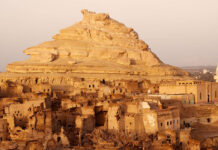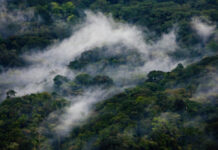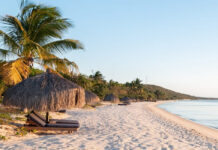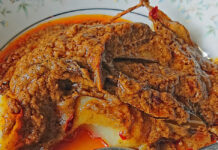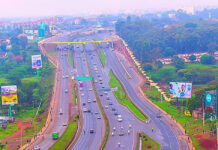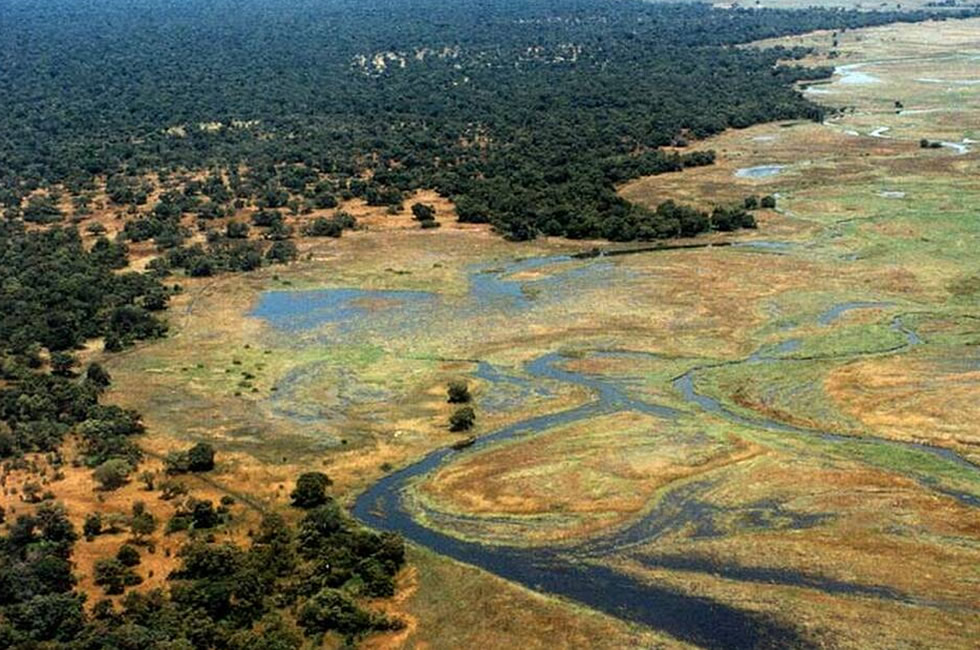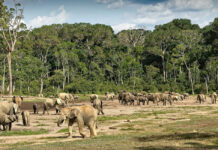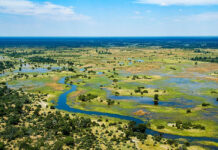Visit the Central African region and enjoy the pleasures of being in the best surroundings in the Manovo Gounda St. Floris National park. This is the only UNESCO World Heritage site and is saturated in the north near the Chad border. The park has three types of landscape. One is the mountainous region in the south, the other is the flood plain around the Bahr Aouk, and the third is the Bahr Kameur Rivers. The lowland plains are found in between. There are many rivers flowing through this verdant stretch and innumerable animal species that are found here. These are inclusive o large mammals like giraffes, lions, buffalo, and hippos as well as at least 320 species. Tourism has increased greatly in the park but poaching activities have damaged a lot of animals as well as mammals. This is a threat to the safety of the visitors and so it is better to come here with a guide. The southern part of the park is an easy area to access.
Tourists coming here are attracted because of the flora and fauna. The stretch of savanna and the variety of species of animals provide a great attraction to all. So you would get to see the best of elephants, black rhinoceroses, cheetahs, leopards, and wild dogs. You would also get to see the red-fronted gazelles and the buffaloes. There are many kinds of waterfowls also which are found here in the northern plains.
Spanning over an area of one, 74000 ha, the Manovo Gounda St. Floris is the largest park in this part of Central Africa. With the savanna grasslands, dominating the landscape the two parks straddles the two ecological zones.
This is an area where the species from not only the eastern part of Africa but also the western park meet. The forest communities of the south also cross paths here. The park is an invaluable area for the study of changes in the environment that occur in the Sudan and Sahel regions due to overgrazing and drought.
The Manovo St. Floris National Park has a lot of natural formations. The park is a habitat from the northern part to the southern end. With the most grassy plains in the north and savannas in the south, the park has lot of property that covers the entire watershed regions of Koumbala, Manovo, and Gounda. There are wetlands and grassy floodplains here, which provide many tour delights. The plains have many granitatry inselbergs along with the rugged sandstone massif of the Bongos.
This huge park area has many hunting areas surrounding the place and is a corridor to the Bamingui National a park. This also protects the largest Central African savanna. It has a great ecosystem and is home to many populations of varied species in this part of Africa.
The wildlife here shows the transitional position between the Western part of Africa and the eastern part. There are rich rain forests that have the richest fauna in the country and have more than 57 species of mammals that have been protected very well.
The site has a national park status and is governed by the Wildlife Protection Code on which the basic legislation of all the protected areas are based. The park was managed at this time by a private company and it completely benefited from a control act from the government to manage the site. In those times, the park was regarded as the most protected area of the entire country.
There are two bases here with one at Gordil and the other at Manova. Manova is functional here of the two and in fact all the anti-poaching actions are organized from these regions only. The region is not populated much and nomad pastoralists form the Nyala region and Chad comes here every winter. The dry season grazing when the traditional migration season starts.
The Manovo Gounda St. Floris National park is thus a lovely region, which is filled with the best of sights and the most of green ambience.


